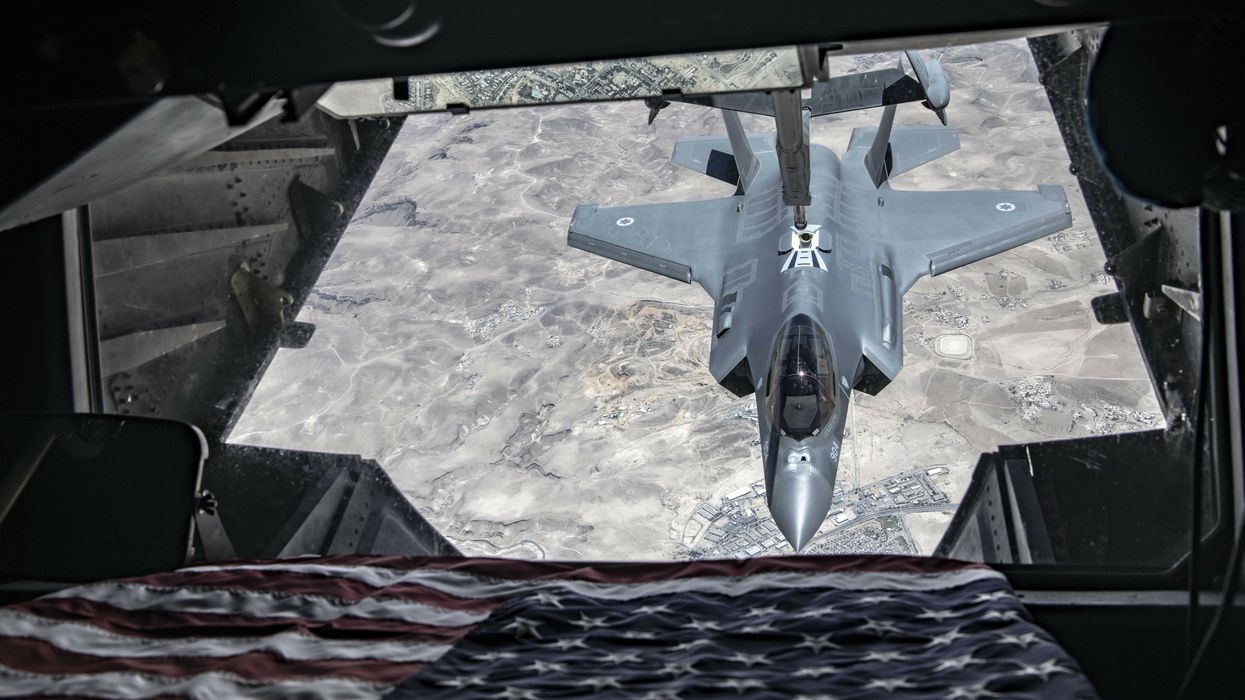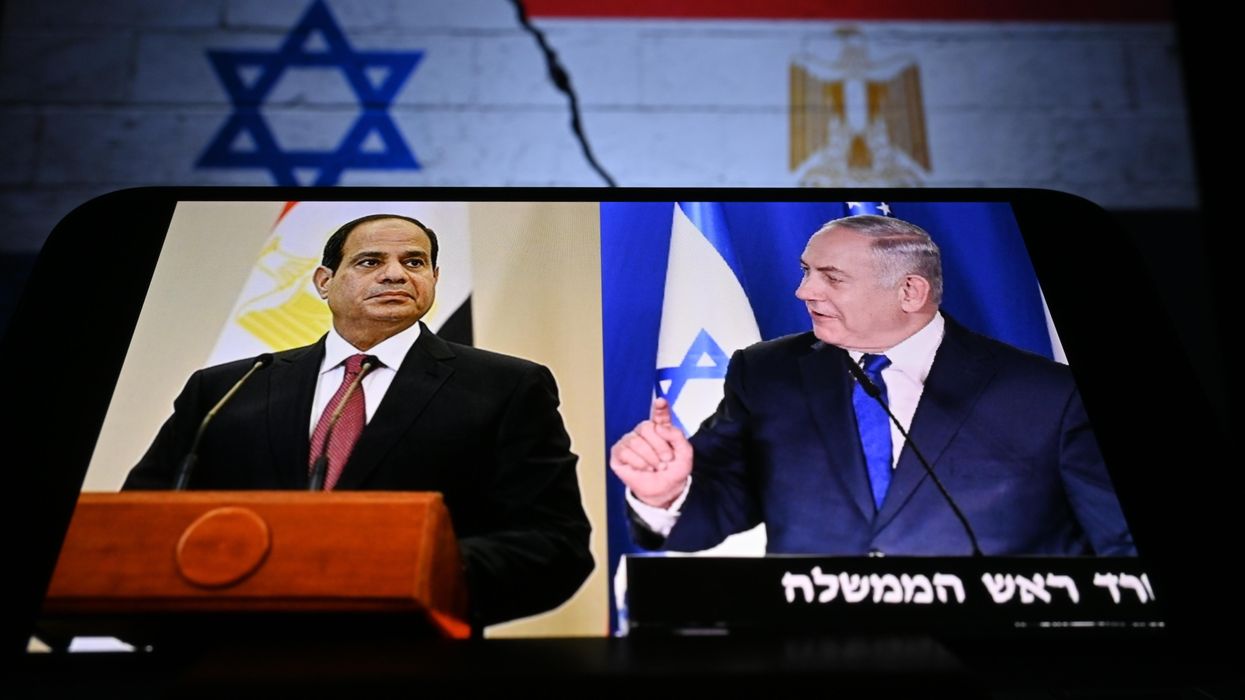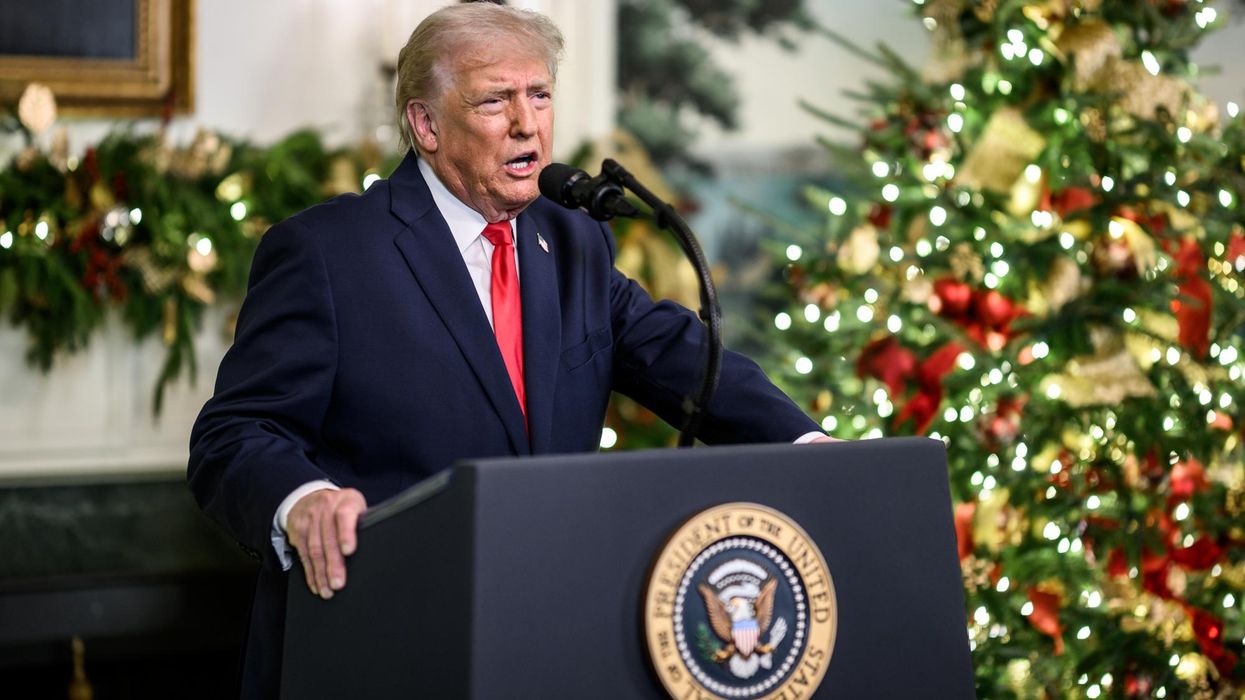The U.S. military has been indulging in threat inflation about a Chinese attack against Taiwan to bolster its case for funding the Indo-Pacific Command.
That is what a recent report in The Financial Times found when they asked leading China experts to consider the likelihood of a Chinese invasion of Taiwan in the next few years: “This is a defense-driven assessment in the U.S. …They have really done a disservice to American national interests,” said Bonnie Glaser of the German Marshall Fund of the United States. Overstating foreign threats is a tried-and-true way to justify unnecessary military spending.
Appealing to fear of a Chinese attack on Taiwan is well-timed to tap into the growing anti-China consensus in Washington. Admiral Davidson’s claim in March that the threat of a Chinese attack “is manifest during this decade, in fact in the next six years” checked off both boxes. But Davidson’s assertion was simply wrong as a matter of fact.
That China hawks feel the need to engage in such sloppy exaggeration of Chinese military preparations may be good news for advocates of a more restrained U.S. role in East Asia. A more realistic assessment of Chinese capabilities and intentions tells us that the U.S. has more time to reduce some of its regional commitments responsibly, and it suggests that China’s military is not hastening towards confrontation. This is a good opportunity to reassess our current commitments in the region and whether some of them are unnecessary for U.S. and allied security.
Our military has erred by misunderstanding Chinese government statements and interpreting them as proof that Beijing is speeding up its military modernization. In fact, this is not what the Chinese government has been doing More from the Financial Times:
“Taylor Fravel, an expert on the PLA at the Massachusetts Institute of Technology, points to the fact that party documents published since the emergence of the 2027 goal continue to mention the 2035 and 2049 goals, a sign that those two remain unchanged. Moreover, experts challenge the notion, increasingly peddled by US military officials, that Beijing is getting confident enough in its military capabilities to risk an attack on Taiwan.”
While the threat from China has been overblown, the risk of U.S. overcommitment in the region has not been taken seriously enough. Charles Glaser wrote an article for Foreign Affairs in which he proposed reducing some U.S. commitments in East Asia, and this elicited some angry denunciations from more hawkish analysts who condemned Glaser’s position regarding U.S. support for Taiwan. It was another unedifying episode where an advocate of reducing U.S. commitments made reasonable policy proposals only to be attacked in the ugliest terms.
If the U.S. cannot reassess and reduce any of its foreign commitments as circumstances change, its foreign policy will become ever more divorced from what the public will support and from the political realities in the regions where the U.S. has these commitments. Glaser asks the basic question that he believes has been neglected in our policy debates: “Should the United States trim its East Asian commitments to reduce the odds of going to war with China?” One may or may not agree with Glaser’s answer of a qualified yes, but it is a legitimate question and one that needs to be explored so that we can make sure that the commitments that the U.S. retains serve our security interests and those of our allies.
The problem here is not just the obnoxious response to Glaser’s article, but the reflexive hostility in Washington to any serious rethinking of U.S. commitments overseas in general. No security or political commitment is absolute and unquestionable, and it is appropriate to weigh the potential costs of the numerous commitments that the U.S. has accumulated over the decades. Taiwan has not been a treaty ally of the United States in more than forty years, and we shouldn’t confuse it for one now.
The American people have been weirdly absent from the debate over what the U.S. commitment to Taiwan should be. Even though most Americans don’t think that the U.S. should go to war to defend the island, it is as if their consent is irrelevant to whether the U.S. will go to war with a major power. Given the potentially great costs that such a war would involve, the people’s representatives in Congress ought to have the final say on the matter.
Glaser is correct that our ambiguous U.S. commitment to Taiwan is “much riskier” than America’s actual alliance commitments elsewhere in the region. It is also true that Taiwan is not a vital interest. Glaser’s hawkish critics are frustrated with his matter-of-fact assessment that fighting over Taiwan would not be worth the likely cost, because they can’t deny the risk and they can’t make a case that U.S. vital interests are at stake.
One of the strongest parts of Glaser’s argument was his contention that Japan and South Korea would not interpret a reduction in other U.S. commitments in the region as proof of U.S. unreliability in its commitments to them. If the U.S. scales back commitments elsewhere, but retains its commitments to its treaty allies, the allies have no reason to lose confidence in U.S. promises. Not all commitments are equally important. Glaser reasonably asks, “So why should the United States treat its varied interests in East Asia the same way?” The hawkish response to this is to shout appeasement and leave it at that.
Giving up lesser commitments doesn’t tell you anything about a government’s willingness to honor the most important ones. No one seriously thinks that unwillingness to go to war for Georgia or Ukraine reflects on U.S. commitments to its NATO allies, and American unwillingness to fight for Taiwan tells us nothing about the seriousness of its commitments to Japan and South Korea. As usual, the hawkish appeal to credibility falls flat. Having fewer commitments can make the remaining ones more credible because the U.S. would not be stretched in so many different directions.
There is a strong case to be made that the U.S. should continue providing Taiwan with the means to defend itself, and Glaser says that this could continue even under his proposed retrenchment policy. Glaser is not arguing that the U.S. simply “abandon” Taiwan, but he is saying that the U.S. should be clear about the extent of its commitment. When hawks talk about “gifting” Taiwan to China, they are attacking a position that Glaser doesn’t hold. The overreaction to Glaser’s argument has already proved him right in one respect at least. He warns about the “dangerous reflex” that rejects retrenchment out of hand because of the mythology we have built up around our role in the world. His hawkish critics have shown exactly how stifling and pernicious that reflex can be.
Conditions change, and U.S. foreign policy needs to change along with them or else our government risks being overcommitted in too many indefensible places. The U.S. can shed some of its lesser commitments responsibly and carefully, or it can have its bluff called in a crisis. It is better to debate and think through the implications of retrenchment now and to make these changes on our own terms rather than having them made for us by others.
















